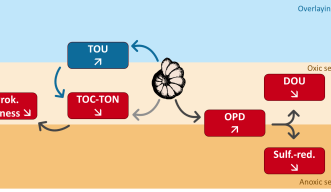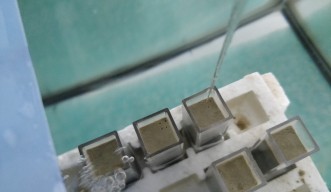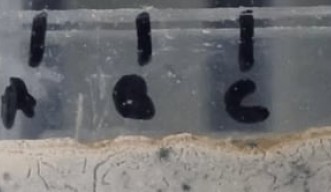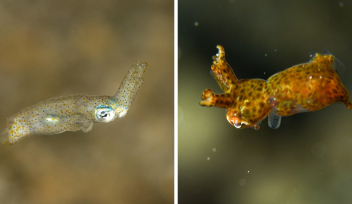Underwater architects: The ‘burrowing effect’ of foraminifera on marine environments
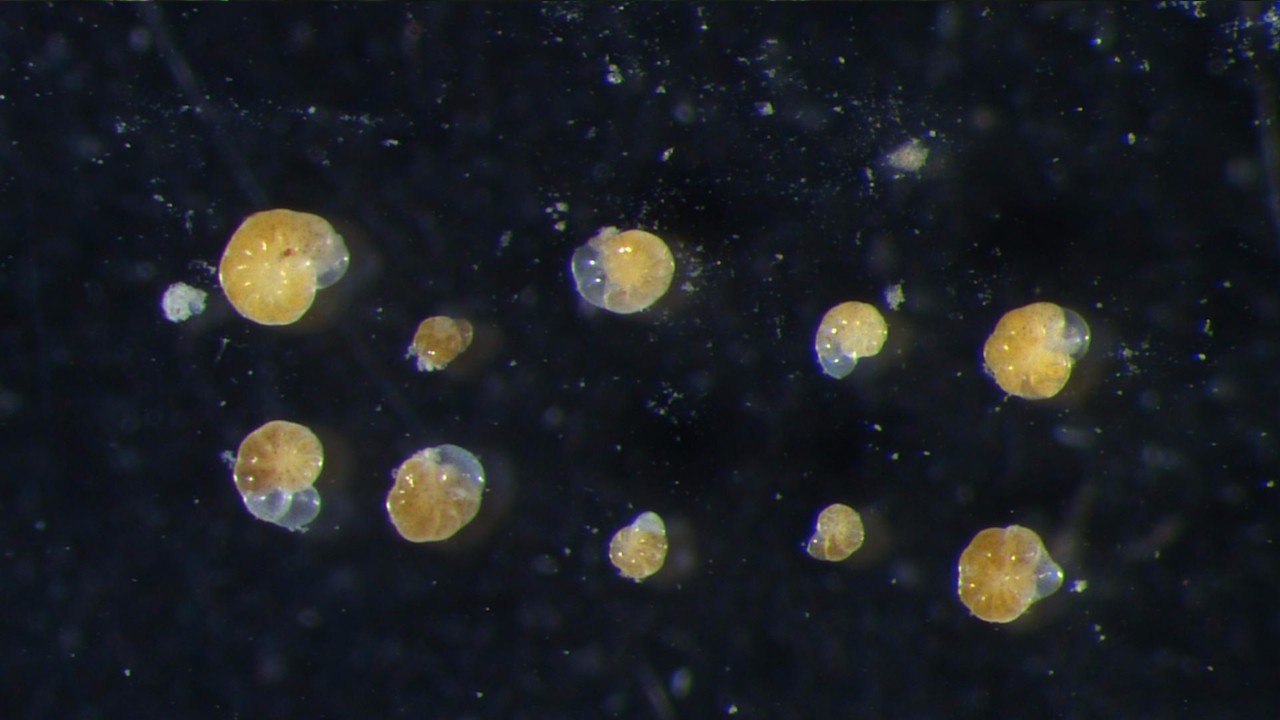
Dr. Dewi Langlet, a scientist at the Evolution, Cell Biology and Symbiosis Unit at the Okinawa Institute of Science and Technology (OIST), studies foraminifera, single-cell organisms with shells made of calcium carbonate. He and his collaborators have shown for the first time that the burrowing of single-celled organisms in marine ecosystems affects oxygen distribution and bacterial diversity in sea sediments. Their findings have been published in the journal Biogeosciences.
Foraminifera are mostly marine organisms that have been around for about 550 million years and when they die, their shells accumulate on the ocean floor and become part of the ocean sediment.
While they are microscopic organisms (between 63 and 500 micrometers in diameter) they are still ‘big’ compared to other single-cell organisms, with each species having a unique shape. They live and are abundant in all marine sediments, from estuaries to the deep sea.
Geologists have studied them for a long time because their shells can fossilize, but we do not know much about their biology. Dr. Langlet is trying to understand how they move in the sediment and how this affects the entire sea bottom ecosystem.
Bioturbation occurs when organisms disturb the sediment by moving in it and creating burrows, which affects the mixing of the sediment particles. This affects the size of the particles, regulates water through the sediment, and changes the chemical composition of the sediment.
Bioturbators, often referred to as ‘tillers of the soil’, play an important role in determining nutrient availability and providing food and shelter for many species. They also significantly contribute to many natural processes and outputs, collectively known as ‘ecosystem services’, that we humans greatly benefit from.
“Typically, at the surface of marine sediments oxygen is consumed by the organisms living in the sediment, and gradually the oxygen decreases as you go deeper. We asked the question, 'Does foraminifera affect the oxygen distribution in the sediment when they move or when they create burrows?'” said Dr. Langlet.
“It was hypothesized for a long time that they affect the oxygenation and chemistry of the sediment, but it was never proven because they are so small that their impact is very difficult to detect.” Previous studies have shown that larger multicellular organisms, such as worms, increase the oxygen penetration in the sediment by creating burrows, but this has never been shown for single-cell organisms such as foraminifera.
By creating burrows, foraminifera are engineering their entire ecosystem at a small-scale, allowing them to live deeper in the sediment where there is usually no oxygen. The scientists show that through their burrowing, they affect not just oxygenation but organic matter, bacterial diversity and ultimately how much food there is available in the sediment.

Finding enough foraminifera for the experiment was a challenge. “For a big aquarium, we need to study many foraminifera and it is very time consuming to isolate them to know how many there are, so we must work with small amounts of sediment. It’s all about miniaturization, working with small systems,” Dr. Langlet explained.
The effect that these organisms have on their environment is relatively small because of their very small size, so the scientists needed very precise instruments, called microsensors, to accurately measure the distribution of oxygen in the sediment.
In his lab at OIST, Dr. Langlet worked with tiny sediment samples, each about 1 cm wide, placed in a tank filled with water. He added foraminifera to these samples and every few days measured how the oxygen levels changed at different depths. He found that with their burrows, foraminifera allow oxygen to go deeper into the sediment, increasing the amount of oxygen by 15 to 20 per cent. This causes a decrease in organic matter which leads to reduced bacterial abundance, which ultimately decreases the movement of oxygen from the water into the sediment.
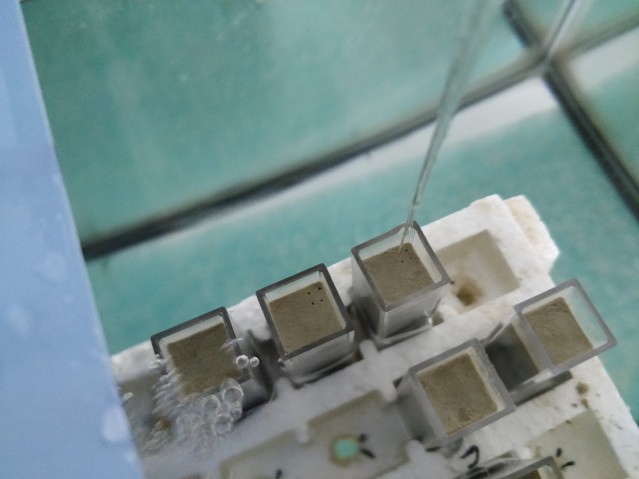
Dr. Langlet’s future research will explore the interactions between foraminifera and other organisms of similar size, as well as larger animals such as worms. “Are foraminifera interacting with these worm-created burrows? Could their presence potentially amplify the effects of these burrows?” he asks. These questions will guide his future investigations.
Article Information
Specialties
Research Unit
For press enquiries:
Press Inquiry Form










